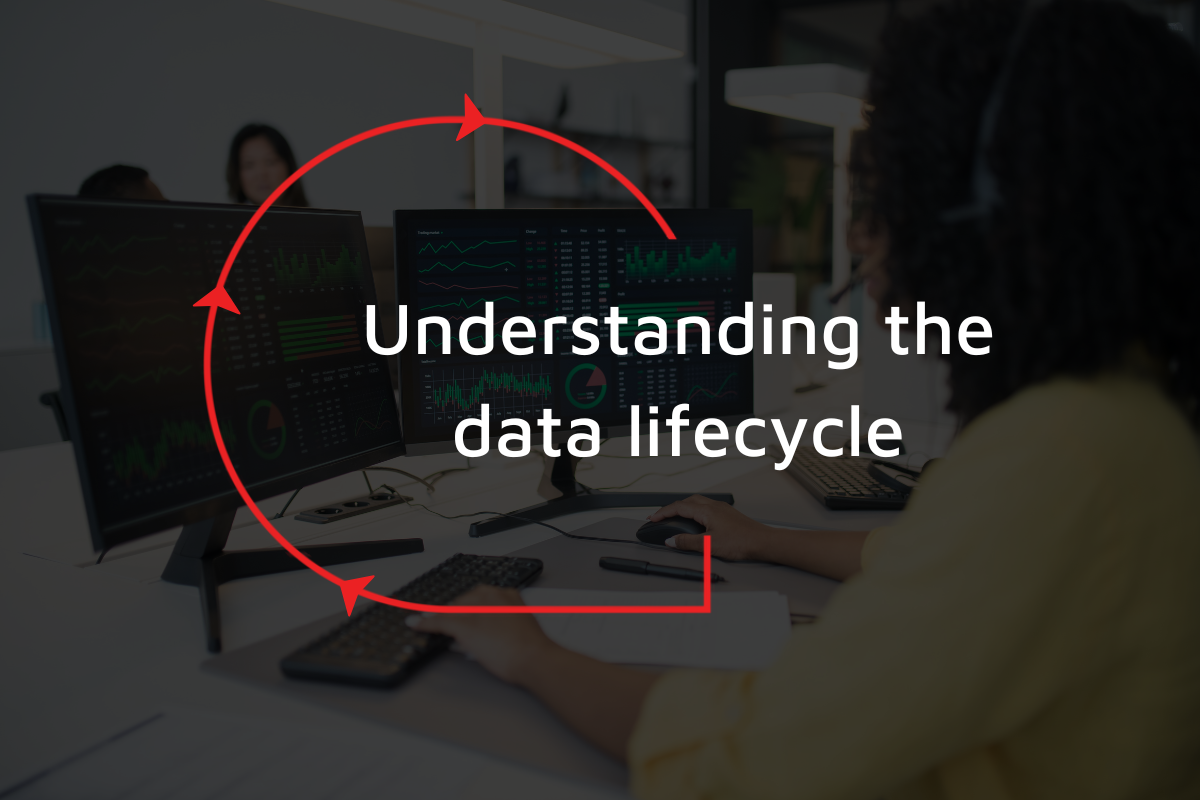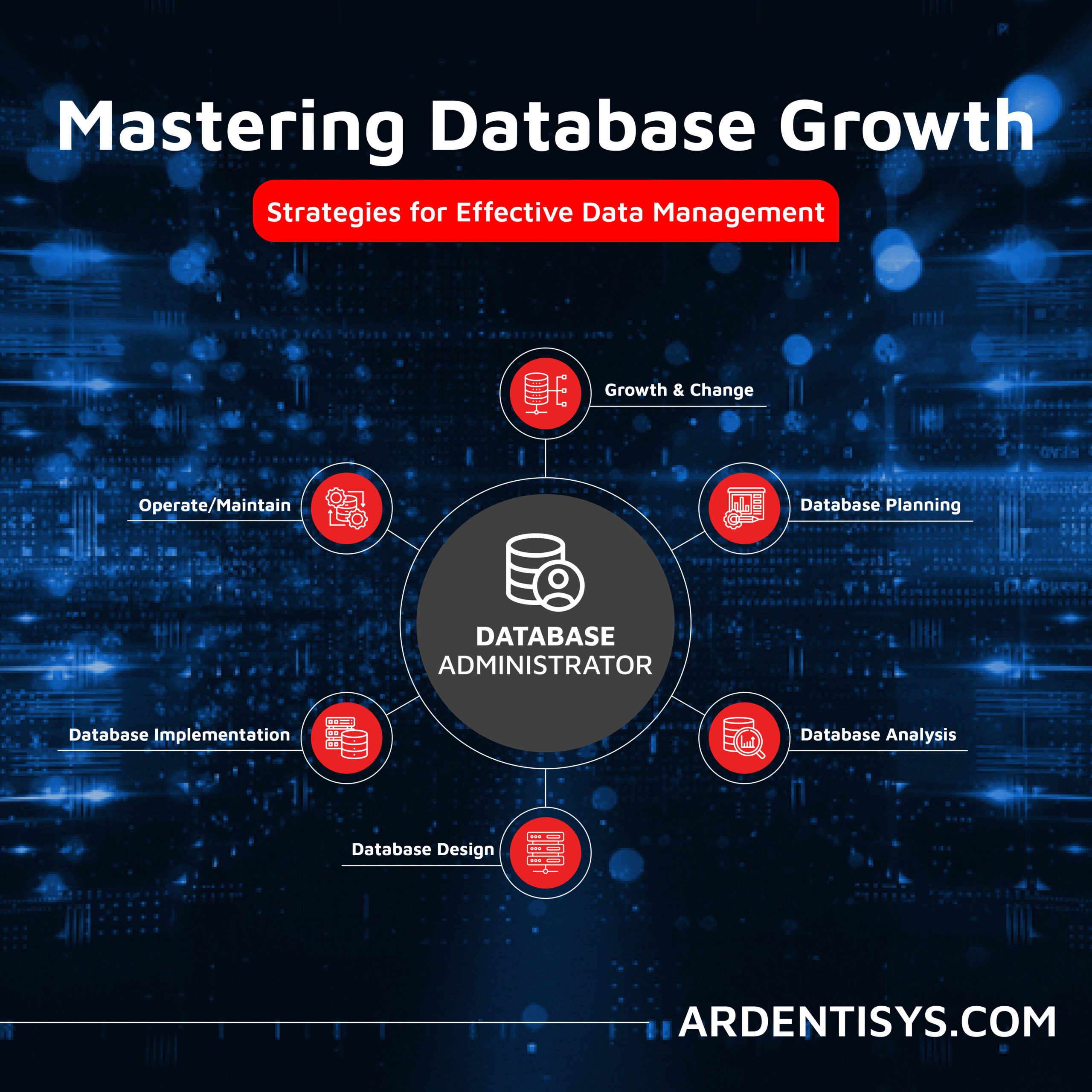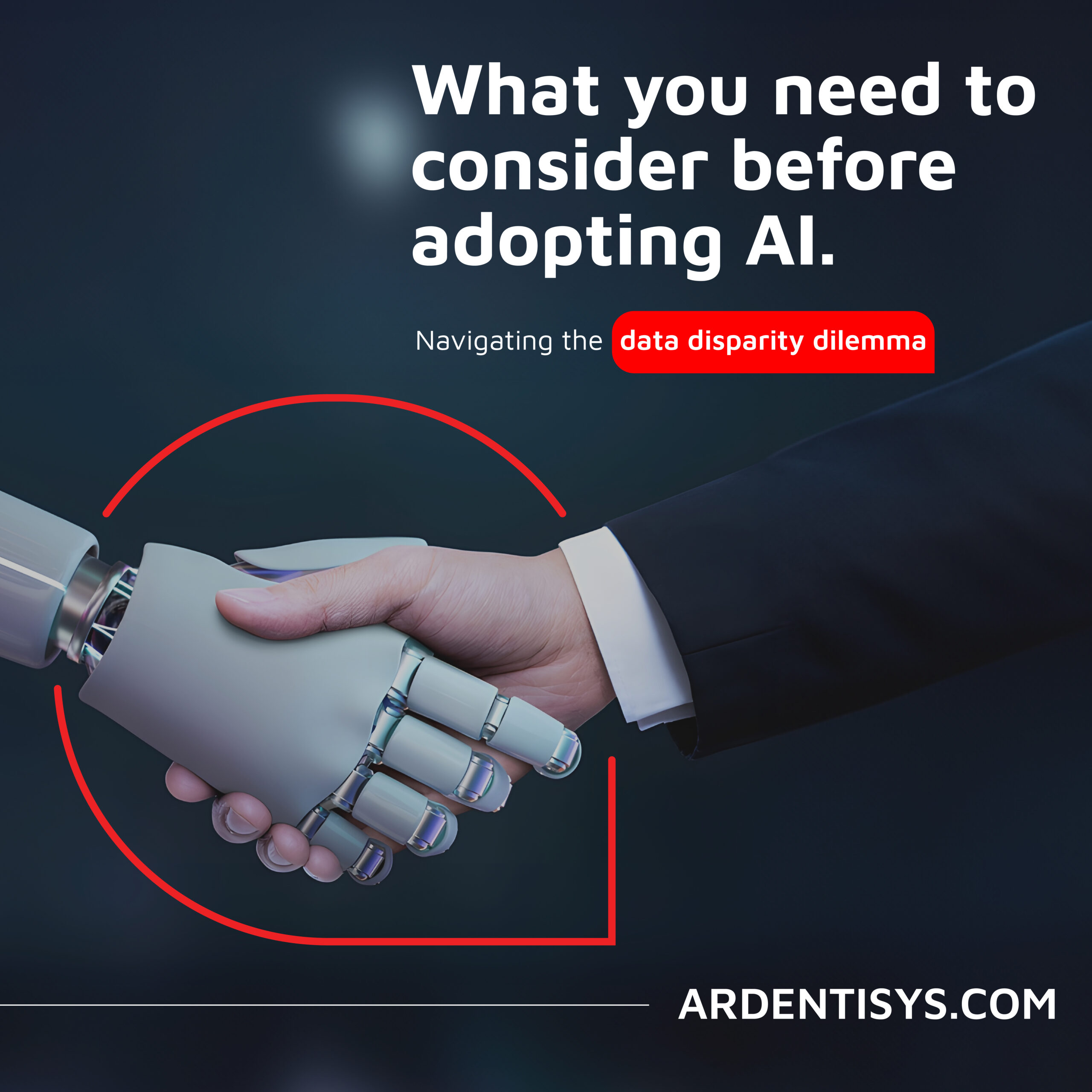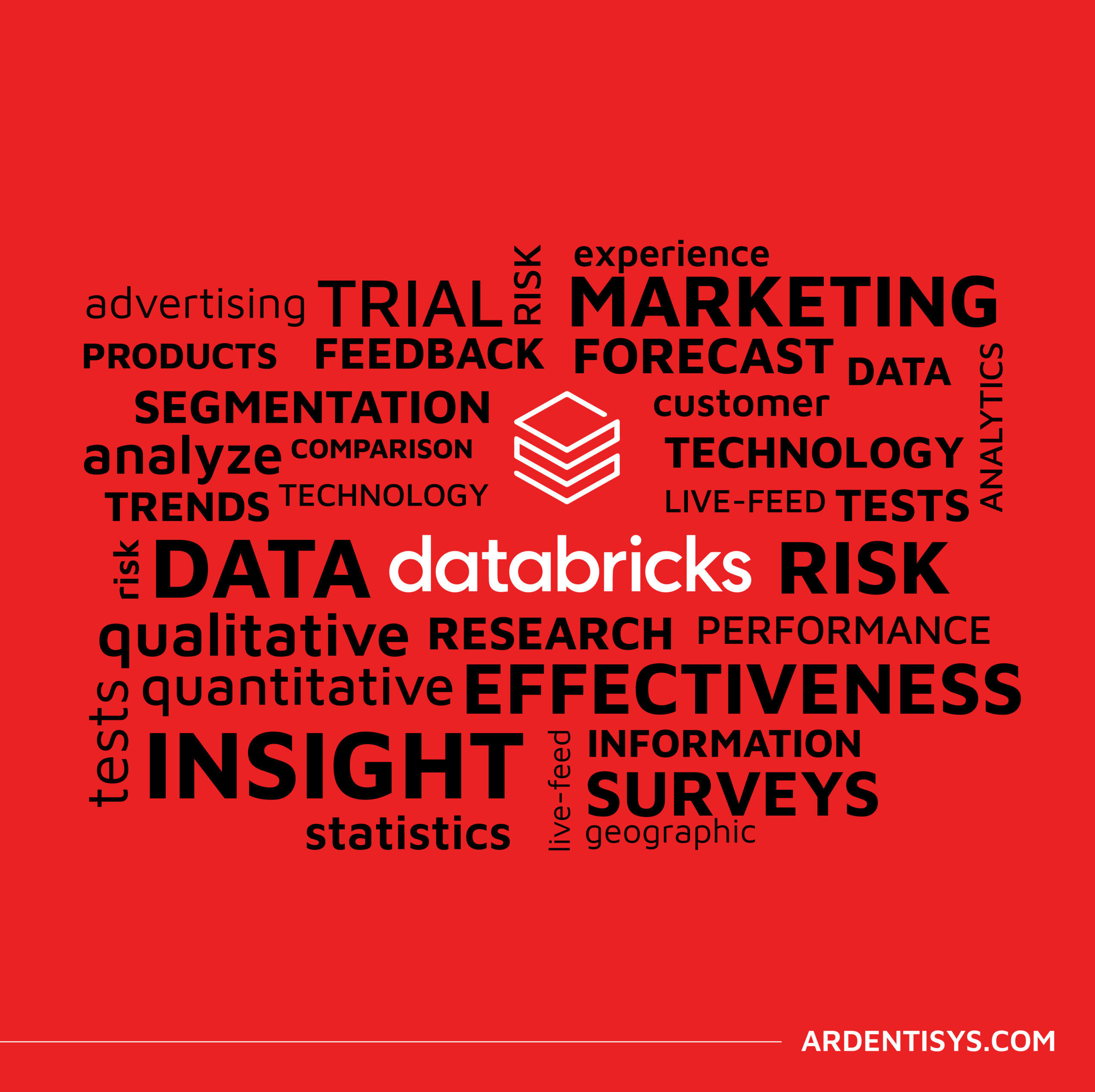Understanding the data lifecycle
16 January 2023 | Noor Khan

Data powers many successful businesses in their decision-making, and organisations around the world are investing in their data to gain a better understanding of people, systems and processes. According to Zippa, a staggering 97.2% of organisations are investing in big data for a variety of reasons. It is undeniable the value that data can offer, however for data to be of use, and of quality to provide powerful insights, it must go through the key steps of the data life cycle.
There are five keep steps in the data lifecycle which include creation, storage, usage, archival, and deletion. In this article, we will explore each of these stages of data and how to effectively manage the data in each stage to maximise its value and potential.
Creation
The first stage of the data lifecycle is the creation of data. Data is created continuously and consistently. As highlighted by Finance Online, around 2.5 quintillion bytes of data are generated daily. Businesses, especially those online are always generating data, whether they are aware or not, this can range from customer data, staff data, and product data. There are three main ways that data is generated that includes:
- Data acquisition – where companies acquire data from other businesses or organisations
- Data Entry – This is data that is manually entered into a system
- Data Capture – For most businesses, this is where most of their data will come from. Data is automatically captured by various systems and platforms.
Storage
The data businesses will create will more often than not be sat across multiple platforms and systems, including Saas software such as CRMs, databases, business apps and more. This data can inform businesses of multiple factors including investment decisions and business strategy. However, data spread across disparate sources and systems can be beneficial, but it does not compare to the invaluable insights of collated data. The following are the key steps for preparing data for storage.
Data pipelines
To make use of data, data pipelines are developed to collect data from disparate sources. Data pipelines have multiple structures, however, the most common and popular is the ELT structure. The following are the steps of the ELT:
- Extract – the data is extracted from multiple sources including software, apps, CRMs etc.
- Transform – the data is then transformed which consists of a number of steps including cleansing, de-duplication, validation and enrichment.
- Load – The data that is now ‘clean’ is loaded and stored in an on-premise server, hybrid or a multi-cloud solution in the form of a database, data warehouse or data lake.
Usage
Once the data is stored in the appropriate data solution, depending on the volume of the data, it can be used for analysis and reporting. Businesses will look to integrate business intelligence and reporting and analytics tools into their data storage solution to gather insights. Some popular data visualisation and reporting tools include:
- Tableau
- Power BI
- Periscope
- Pentaho
Read the full article on popular data analytics and reporting tools.
These offer businesses the ability to easily visualise the data to make well-informed, data-driven decisions. Alternatively, some businesses find there are limitations presented by these tools for their particular data sets, this is when they will opt for a custom route and will build custom data reporting tools that are unique to them.
In the storage stage, data needs to be accessible, and access can be granted and limited from user to user to improve security.
Archival
The archival of data is the stage that consists of storing data that is no longer of active use but may be of some use further down the line. This can be for regulatory compliance reasons or to show proof of storage if necessary. There are a number of ways you can archive your data, and this will depend on your business needs and requirements. Some data archival options include:
- The cloud – in a data lake
- On-premise server
- External equipment such as hardware
Deletion
Data grows exponentially, it would be incredibly expensive to store and maintain that much data. Therefore, the deletion stage is inevitable. The deletion stage often referred to as destruction or data purging is the process of removing all copies of data from your systems. This will usually happen in the archival storage unit where the data is no longer in use and has gone over the storage date for compliance.
Managing the data lifecycle effectively
Identifying and establishing the key stages of the data lifecycle in relevance to your data is key to ensuring good data governance and compliance with best data practices. It can also help you save time and resources if your data is being stored effectively. If you are dealing with large volumes of data and effectively managing it in-house is becoming a challenge whether that is due to a lack of resources or a skills gap, consider outsourcing as it can provide a cost-effective solution in the long term.
Ardent data engineering service
Ardent has worked with a wide variety of clients across industries on many projects starting from data collation including building and managing robust, scalable data pipelines to managing data effectively on an ongoing basis with data management services. If you are looking for a credible, reliable data engineering partner that has a proven track record of success, we can help. Get in touch to find out more or explore our data engineering services to unlock your data potential.
Ardent Insights

Overcoming Data Administration Challenges, and Strategies for Effective Data Management
Businesses face significant challenges to continuously manage and optimise their databases, extract valuable information from them, and then to share and report the insights gained from ongoing analysis of the data. As data continues to grow exponentially, they must address key issues to unlock the full potential of their data asset across the whole business. [...]

Are you considering AI adoption? We summarise our learnings, do’s and don’ts from our engagements with leading clients.
How Ardent can help you prepare your data for AI success Data is at the core of any business striving to adopt AI. It has become the lifeblood of enterprises, powering insights and innovations that drive better decision making and competitive advantages. As the amount of data generated proliferates across many sectors, the allure of [...]

Why the Market Research sector is taking note of Databricks Data Lakehouse.
Overcoming Market Research Challenges For Market Research agencies, Organisations and Brands exploring insights across markets and customers, the traditional research model of bidding for a blend of large-scale qualitative and quantitative data collection processes is losing appeal to a more value-driven, granular, real-time targeted approach to understanding consumer behaviour, more regular insights engagement and more [...]






